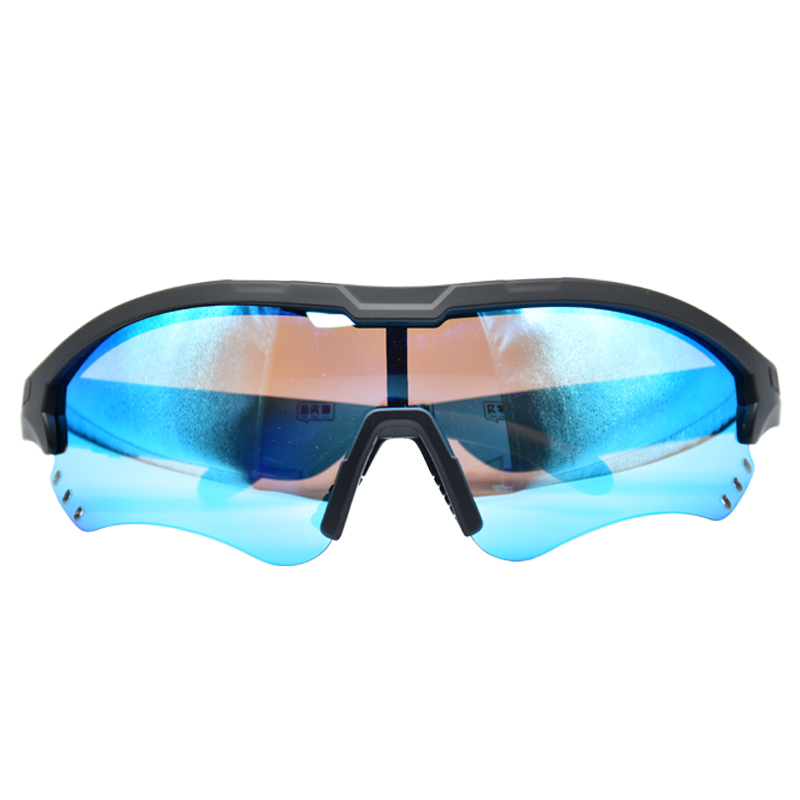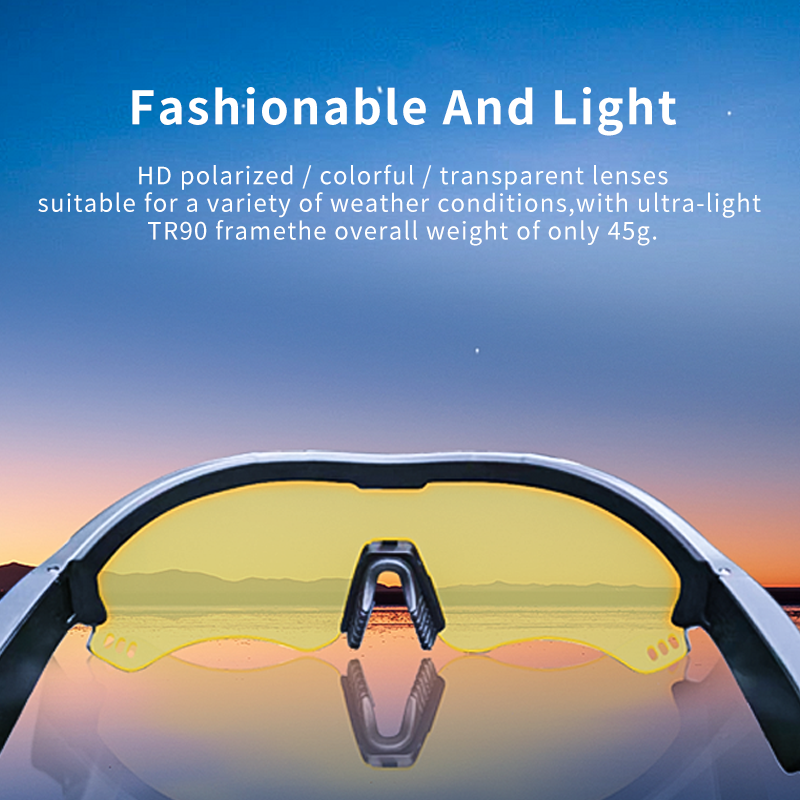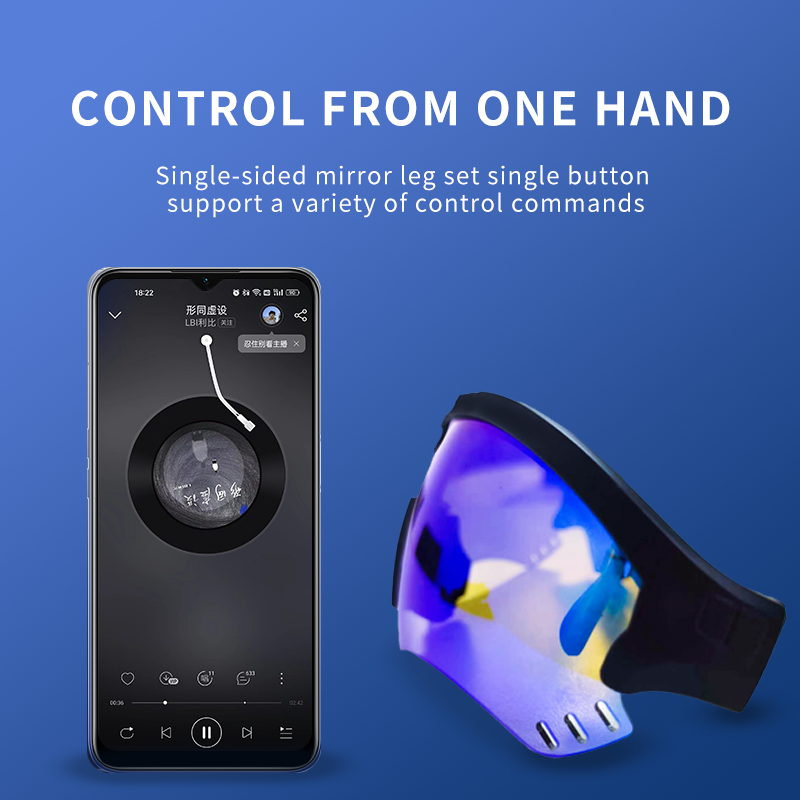- Select Language
The U9000 handheld PDA combines advanced barcode s...
1. What are smart glasses? (Definition of smart glasses)
Smart glasses are a type of wearable device that integrates augmented reality (AR), artificial intelligence (AI), and wireless connectivity technology into traditional eyewear. Unlike ordinary glasses, smart glasses are equipped with built-in displays, cameras, microphones, and sensors, enabling users to access information, capture visual content, and interact with digital content hands-free.

Core features:
Real-time display of data and notifications
Support for voice control and gesture navigation
Blending fashion and technology (lightweight, stylish design)
Support for AR overlays to enable immersive experiences
2. Core Functions of Smart Glasses
Modern smart glasses go beyond simple heads-up display functionality. Their core capabilities include:
2.1 Augmented Reality Overlays
Directly display navigation, translation, or contextual information within the user's field of view.
2.2 Voice Assistants and Hands-Free Control
Integrate with AI assistants (e.g., Alexa, Google Assistant) to enable hands-free command operations.

2.3 Photography and video recording
Built-in cameras can instantly capture images and videos, making them popular among content creators.
2.4 Health and fitness monitoring
Some models can track heart rate, steps, and fatigue levels, integrating with wearable health technology.
2.5 Smart Notifications
Receive calls, messages, or app notifications without looking at your phone.
3. Application Scenarios
Smart glasses are revolutionising industries and personal lifestyles. Common application scenarios include:
3.1 Consumer Lifestyle Scenarios
Navigation while cycling or driving
Live streaming and vlogging
Real-time translation services (for travellers)
3.2 Medical and Surgical
Hands-free medical imaging and patient data display
Augmented reality (AR) guided surgical procedures
3.3 Education and Training
Immersive learning experiences
Remote assistance and step-by-step training guidance
3.4 Industrial and Manufacturing
AR operation guides on assembly lines
Remote troubleshooting and on-site support
4. Types of Smart Glasses
AR Smart Glasses – Overlaying digital elements on the real world
VR Smart Glasses – Immersive fully virtual experiences
AI Smart Glasses – Focused on smart voice and contextual computing
Mixed Reality Glasses – Combining AR and VR functionalities
5. Market Trends for 2025 (Market Trends)
5.1 Rapid Growth in the AR Segment
The AR smart glasses market is projected to grow at a compound annual growth rate (CAGR) exceeding 25% from 2024 to 2028, driven primarily by corporate adoption and consumer gaming/fitness applications.
5.2 Integration with AI and 5G
AI assistants and 5G connectivity enable real-time translation, real-time data processing, and cloud streaming.
5.3 Fusion of Fashion and Technology
Brands such as hotusprojector and Apple Vision Pro focus on lighter frames and better aesthetic design.
5.4 B2B Market Demand
The healthcare, logistics, and industrial sectors are investing heavily in hands-free data visualisation tools.

6. Challenges and Considerations
Battery Life – Balancing performance and size
Privacy Issues – Addressing the security of cameras and audio recording
Cost – High-end models still priced above $500–1,000
Comfort and Style – Requiring lightweight and fashionable designs
7. Purchasing Guide and Recommendations
Determine the primary use (gaming, work, travel)
Check compatibility with smartphones/operating systems
Compare battery life, display quality, and comfort
Choose reputable brands and after-sales service
8. Future Outlook
By 2030, smart glasses are expected to replace some smartphone functions, enabling ubiquitous computing through AI-driven context-aware technology and featuring lightweight AR displays. This technology may blur the boundaries between the digital and physical worlds, creating new opportunities in entertainment, work, and communication.